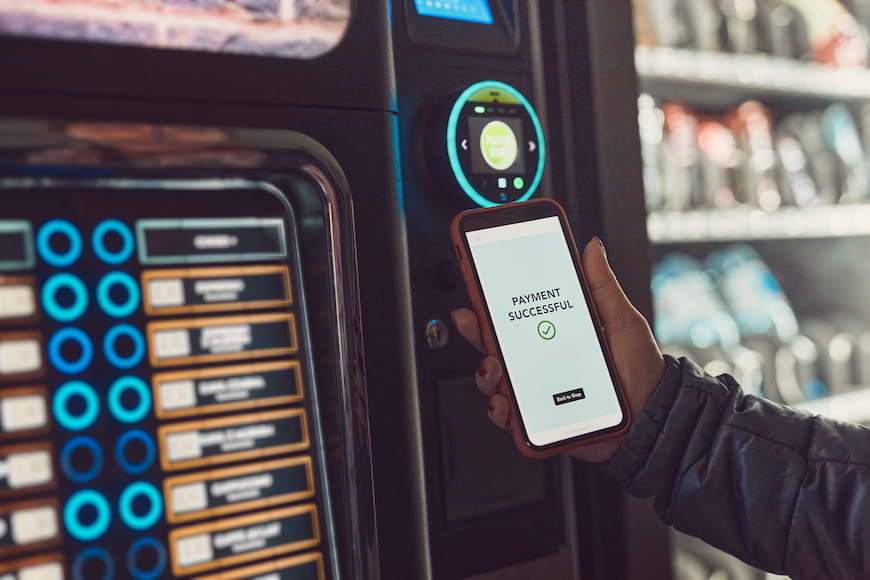Data and usage analytics are changing the way university libraries acquire content, both physically and digitally. Previously there was no meaningful way of tracking a student’s demand for content. Whereas now, there is an abundance of user data available. With that in mind, what are the advantages and disadvantages of some modern acquisition models?
PDA is a library acquisition model that provides access to a large set of content, but your library only pays for titles that meet a certain usage threshold.
PDA allows for easily accessible content, however, it also presents budgeting issues. As students' content needs fluctuate throughout the academic year, busy academic periods come with a significantly higher price tag. Ultimately this can lead to your content budget being exceeded in order to provide students with access or worse, content being made unavailable when students need it most.
EBA is a powerful and versatile method of building your library collection through data-driven decision making. EBA provides libraries with unlimited access to all content from a publisher for a predetermined pilot period, and only costs the library one upfront payment. After this pilot period, you can select content to acquire for permanent access. EBA allows you to meet the content needs of students while controlling costs and uses data to compliment librarian expertise in creating a bespoke and balanced catalogue of content.
EBA offers a significant advantage over PDA in that it can reduce the effective cost per view of content and allows for clear budgeting. A single payment at the start of the academic year is easier to manage than fluctuating purchases throughout the year, and most importantly, students will have access to all the content they need, all the time.
However, EBA is limited in that it is carried out in single publisher contracts, often several simultaneously. This means that to access content students must use alternative platforms provided by each publisher; in effect siloing content which creates a negative and inefficient learning experience.
Multi-publisher EBA is an exciting idea that could combine the benefits of PDA and EBA:
Another benefit, is an improvement in the student experience by virtue of all this diversity being accessible from within a single platform. In an age where students are easily dissatisfied when information has to be retrieved from a wide range of access points, EBA2.0 could lead to significant improvements in student engagement and learning outcomes.

Drawing on insights from Erik Russell of Occidental College on Campus Convos, this blog explores how innovations in auxiliary services reveal a bigger lesson for higher ed: let technology deliver on-demand convenience, while people provide the human touch that makes the student experience truly personal.
.jpg)
Rural community colleges are lifelines opportunity face unique challenges, like broadband gaps and transportation barriers. Based on the Campus Convos episode with Dr. Bryan Newton of Glen Oaks Community College, we're showing how rural colleges are turning obstacles into innovation.